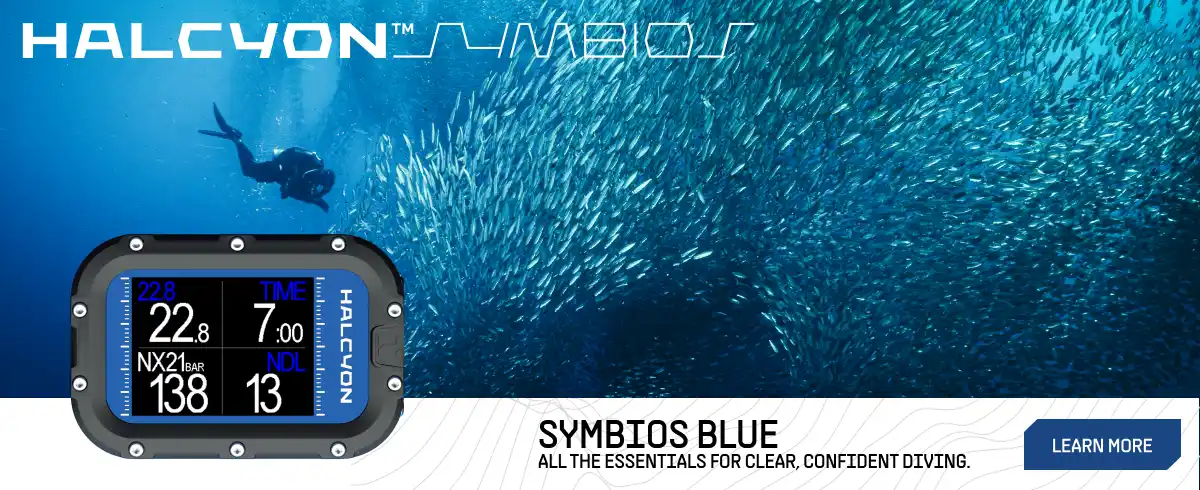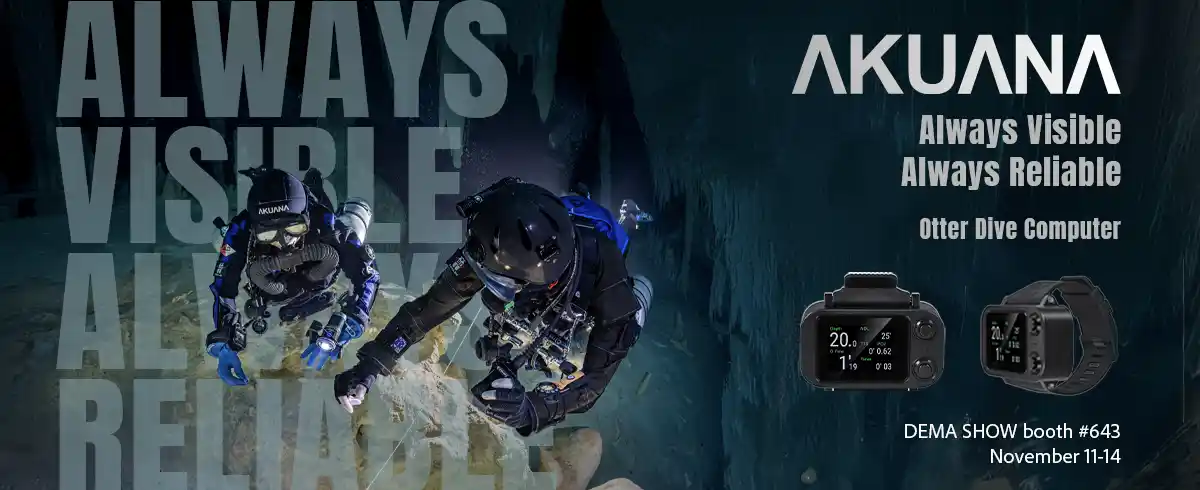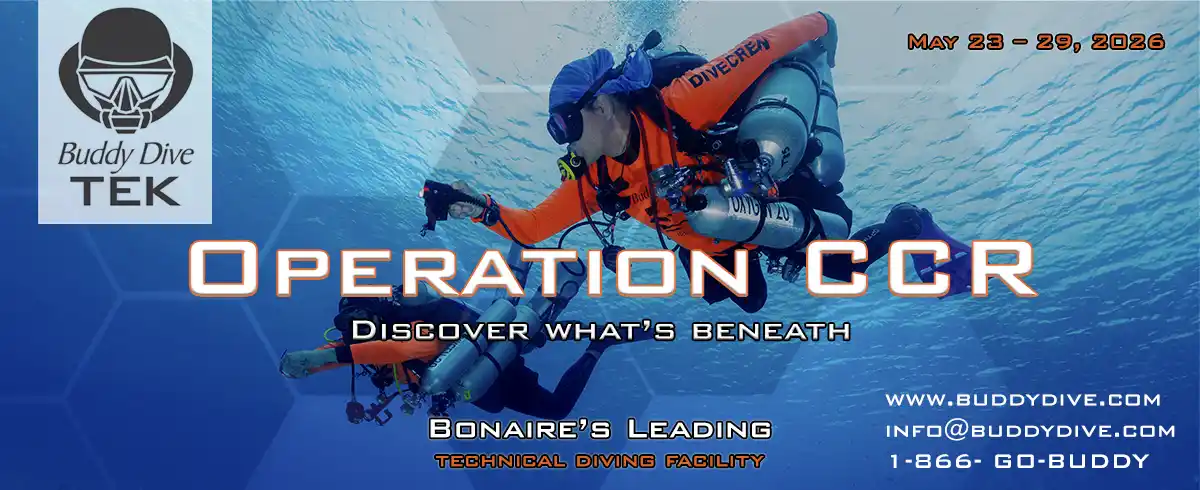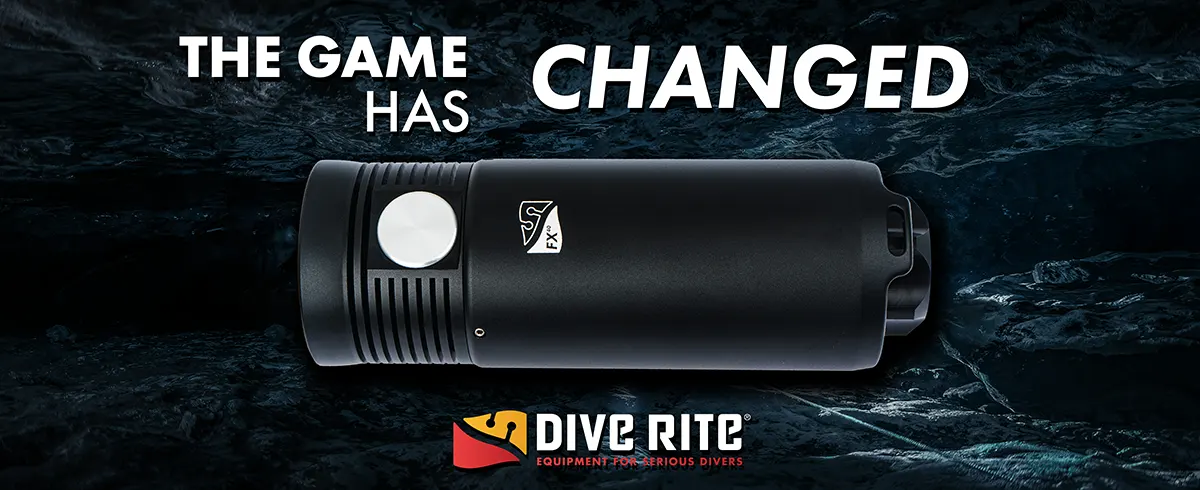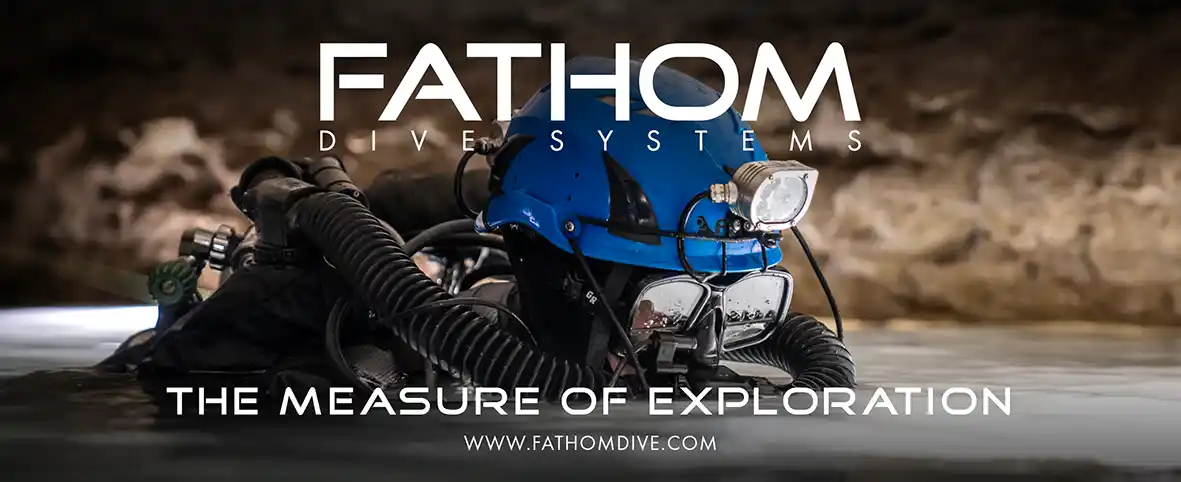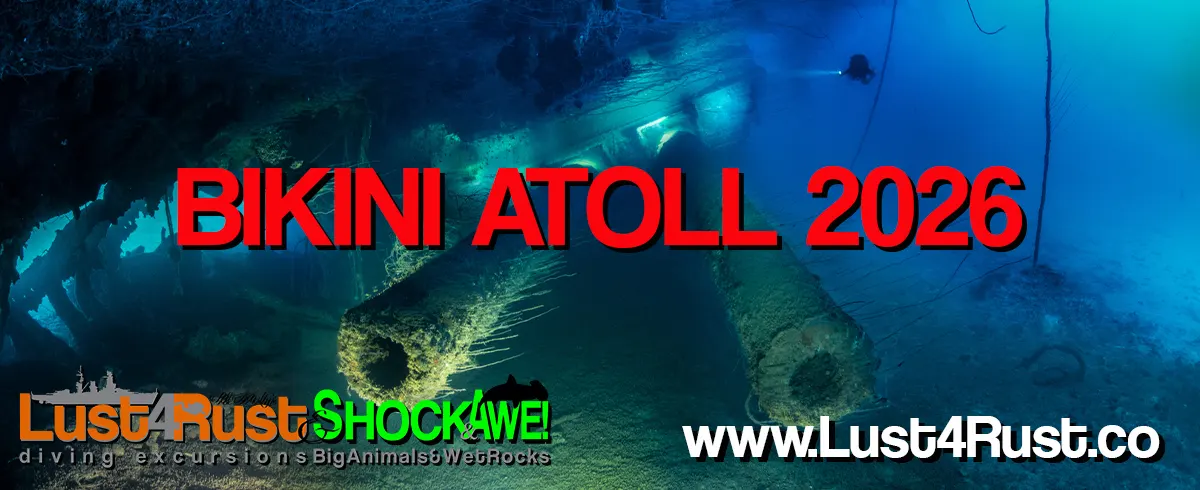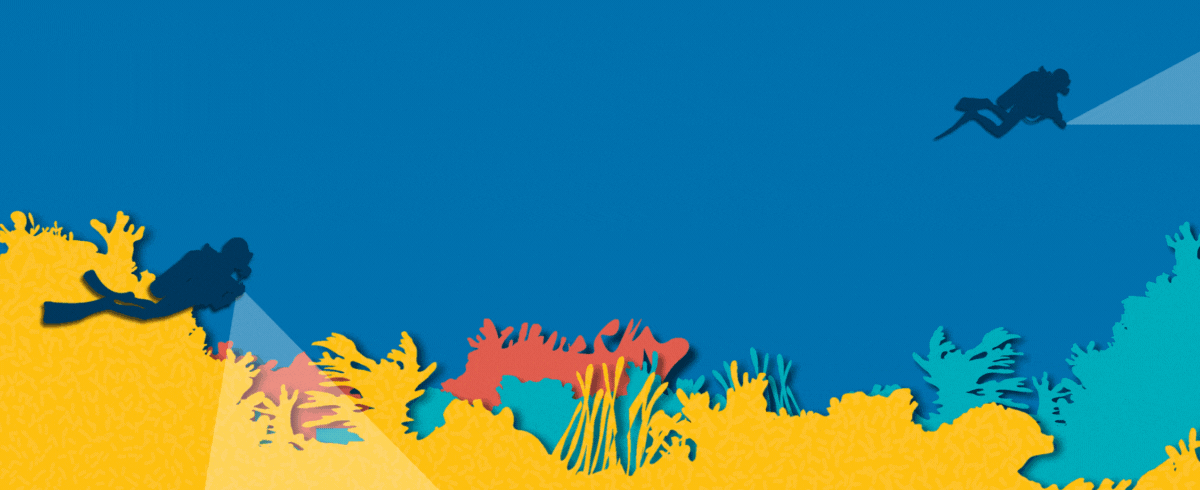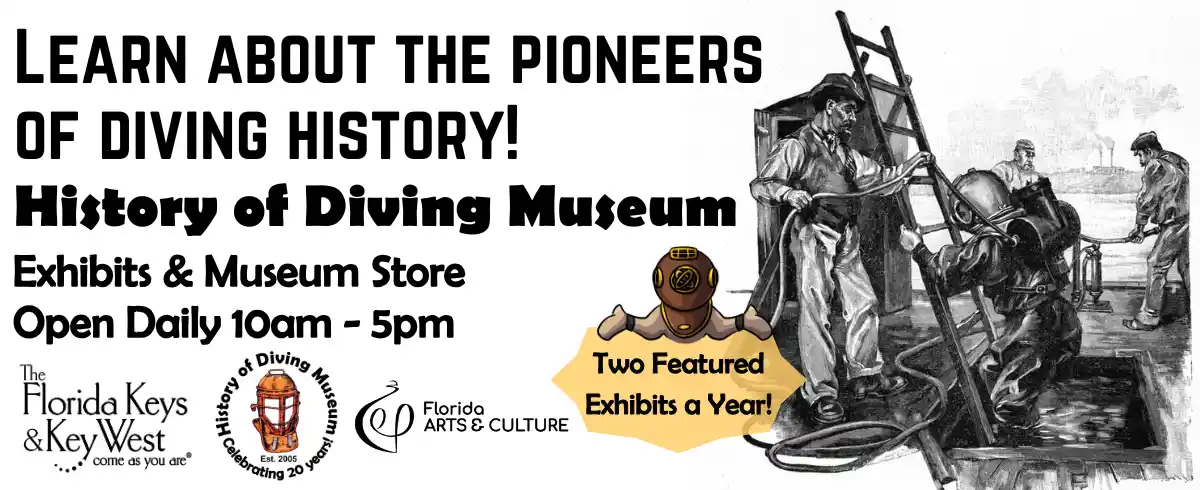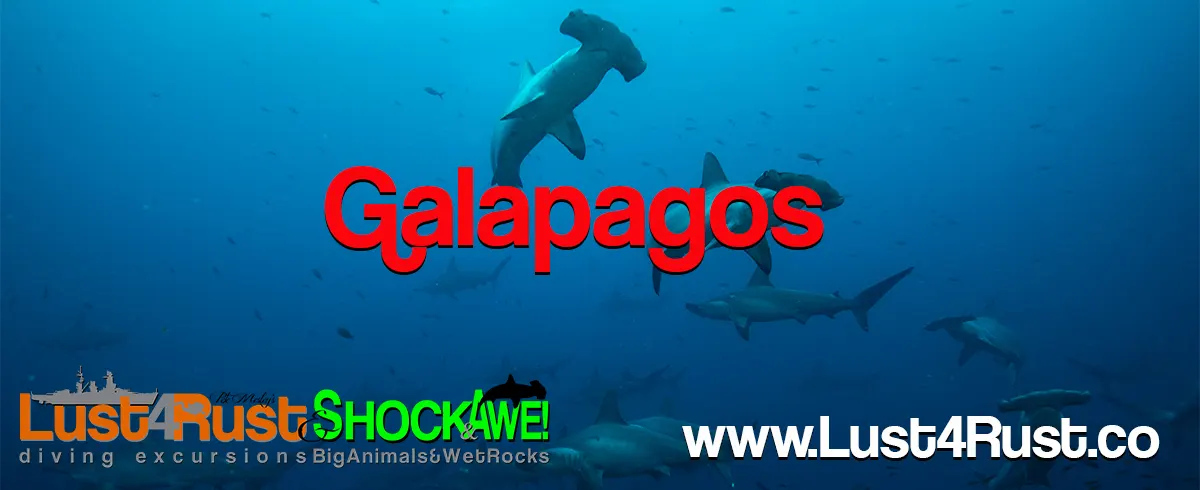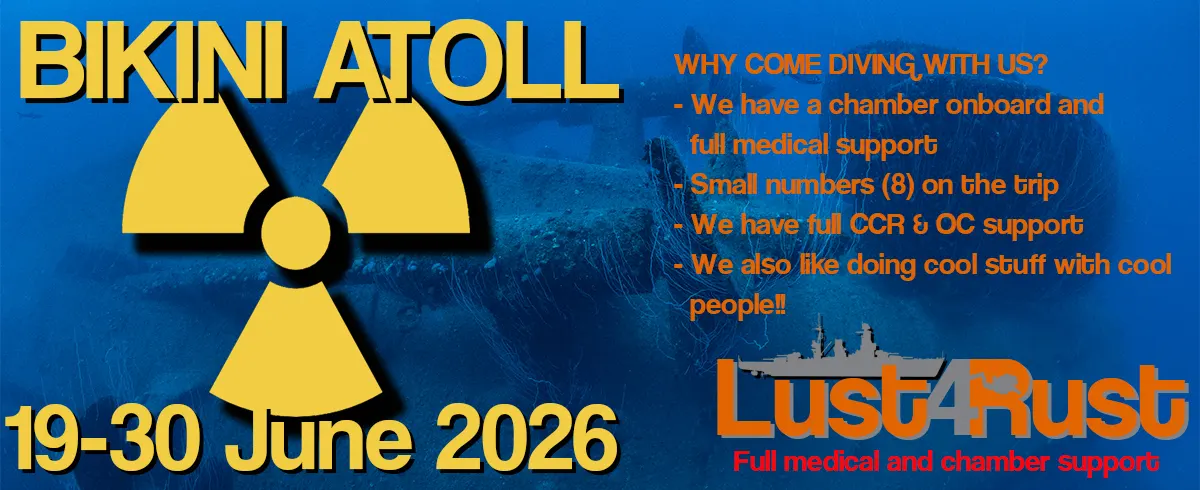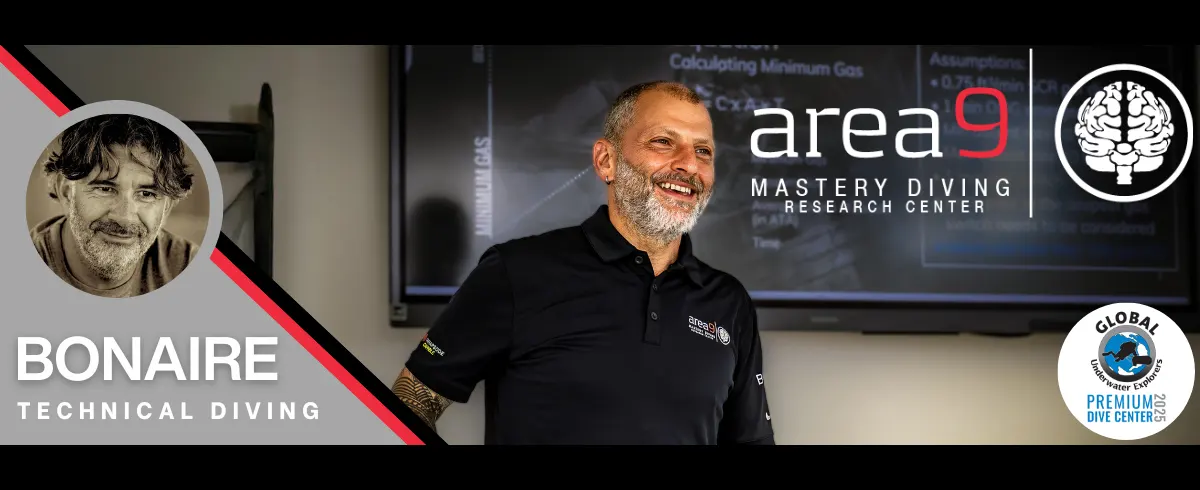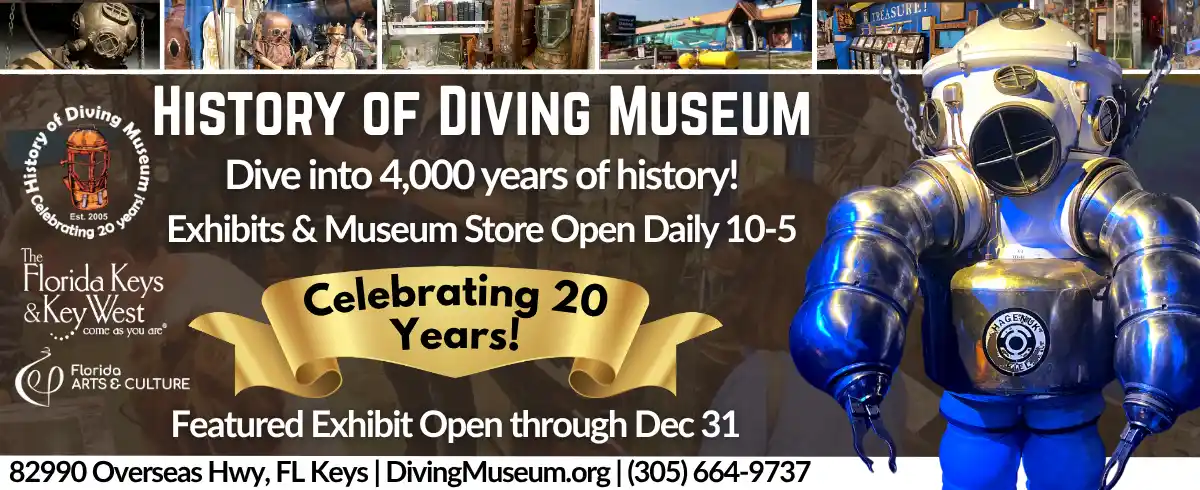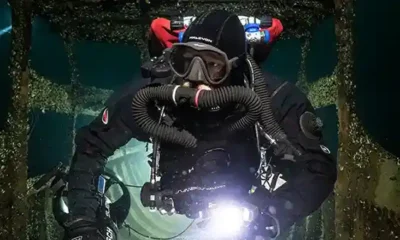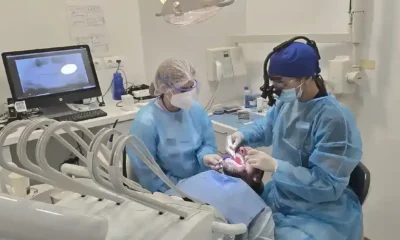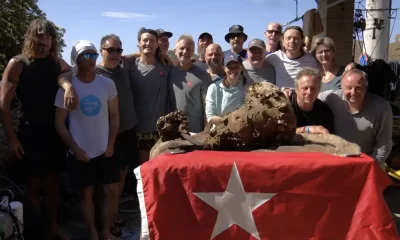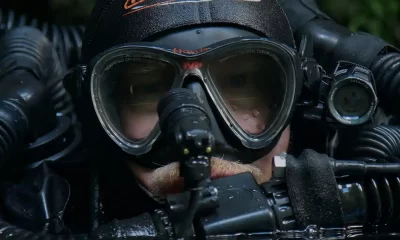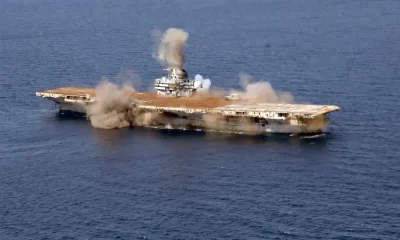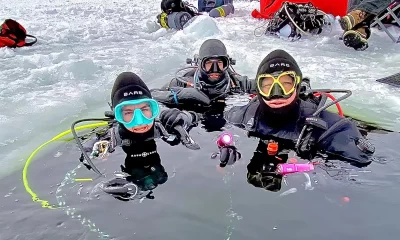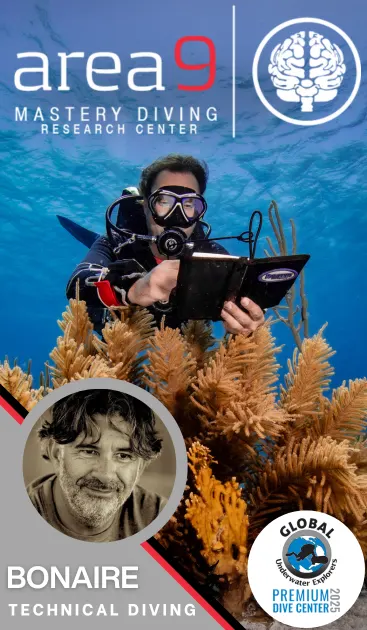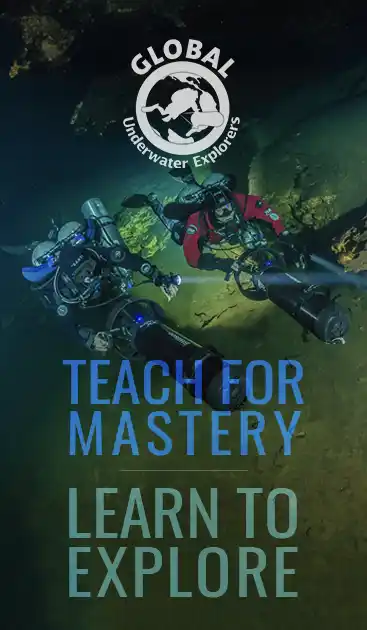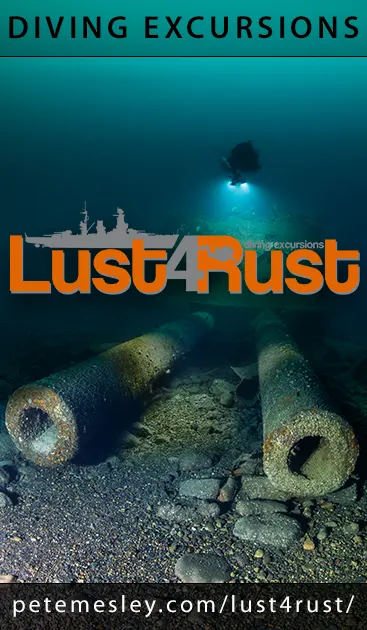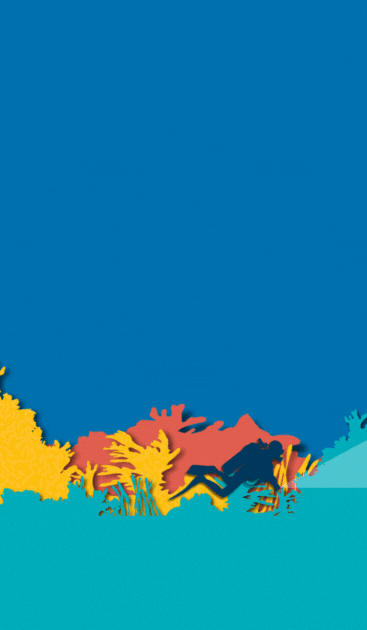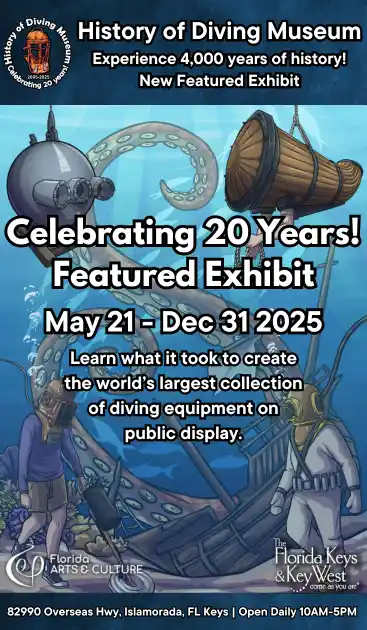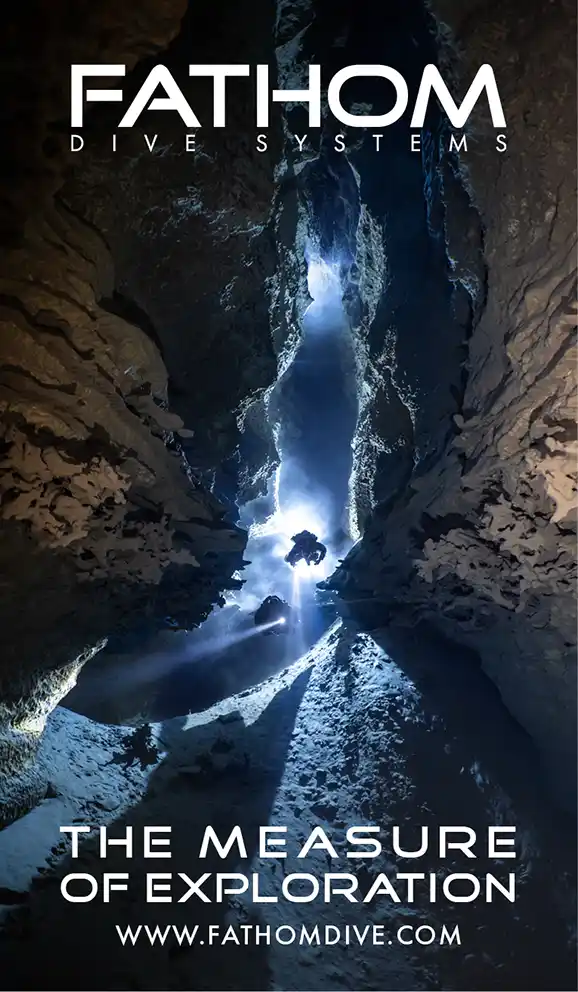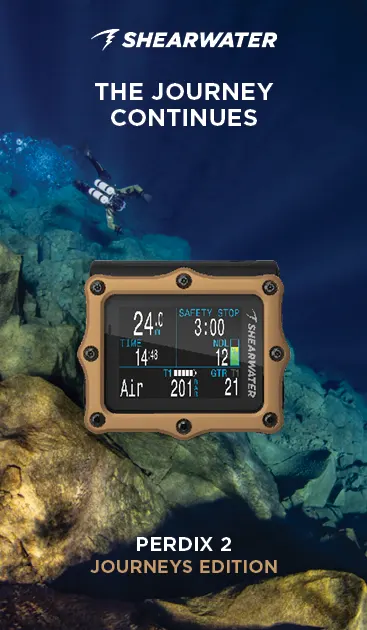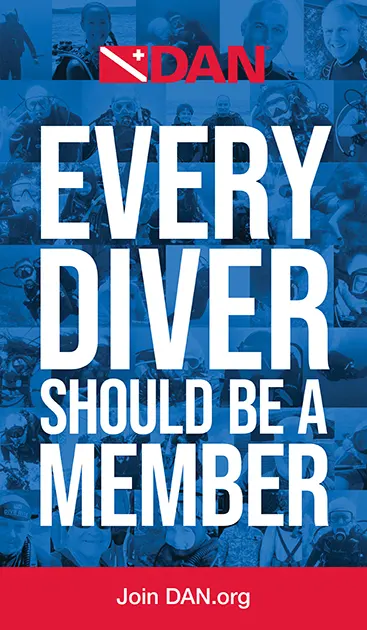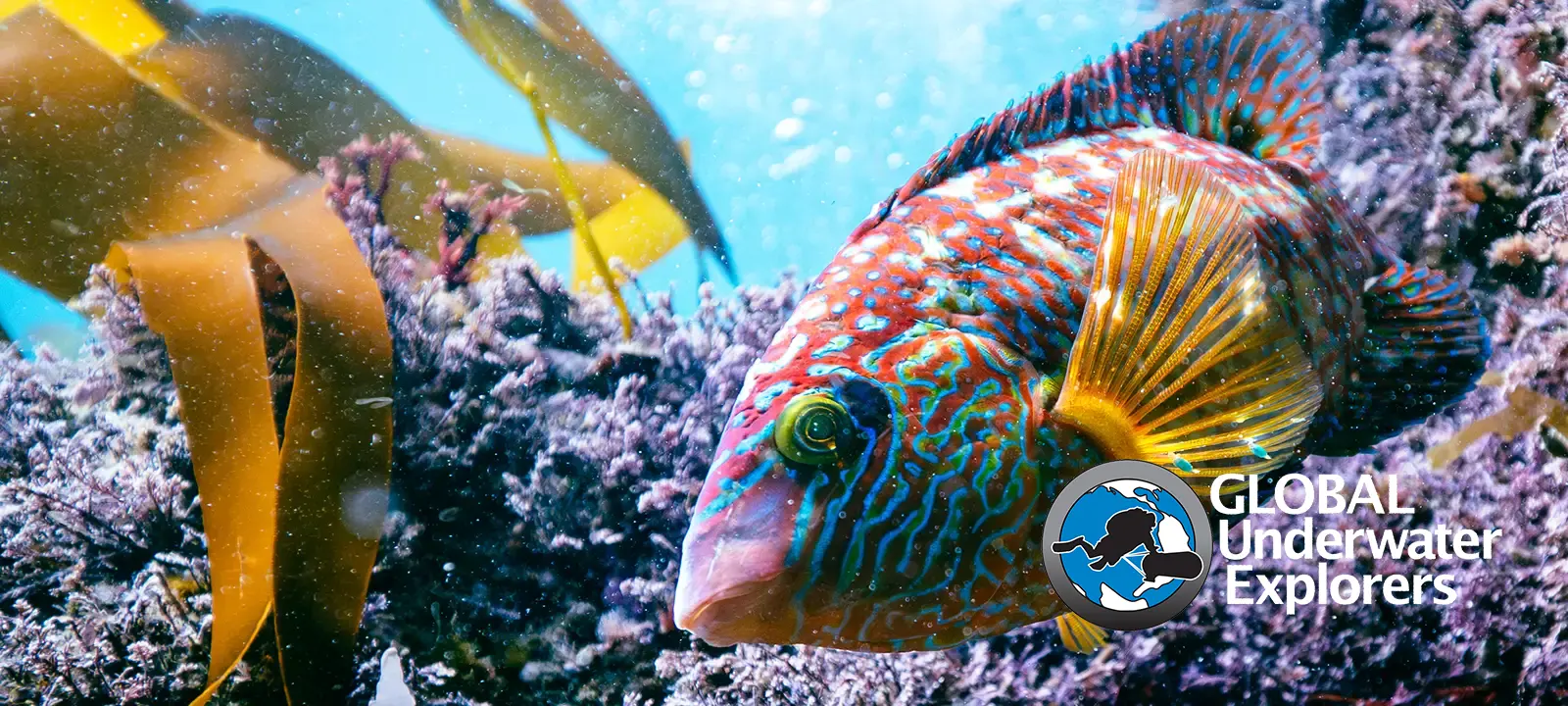
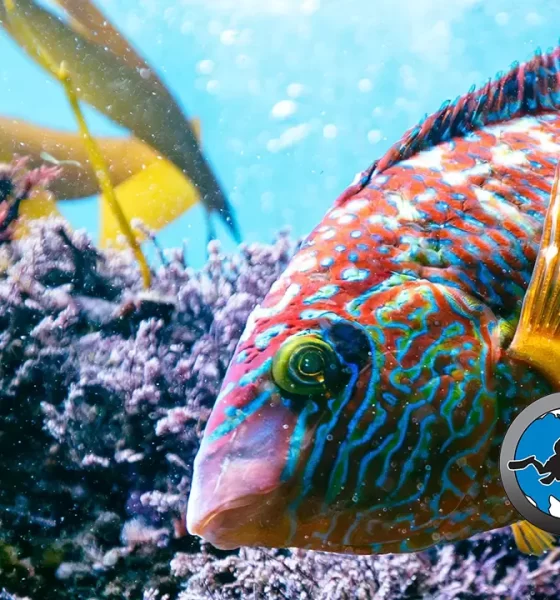
Community
My Journey into the UW Filmmaking Industry
Global Underwater Explorers’ (GUE) 2023/24 NEXTGEN Scholar, Harry Gunning shares his journey to become a wildlife filmmaker through his work on BBC’s Blue Planet III along with projects for the British Antarctic Survey, NatGeo and Disney Plus. The 27-year old conservationist waxes poetic about our collective responsibility for protecting the oceans and the need for collaboration in carrying the baton forward.
by Harry Gunning. Images courtesy of the author. Lead Image: Colours and visibility in Cornwall: trailing out new camera systems on a curious Ballan wrasse. Lumix GH4 in Nauticam Housing.
Preparing for a wildlife shoot is remarkably similar to planning a dive—both require meticulous preparation, adaptability, and a deep respect for the environment. Much like dive planning, where every detail from gas management to dive profiles must be considered, setting up for any film shoot demands careful coordination of every detail: equipment checks, in-field decisions, and considerations for changing weather, for instance.
Just as a diver must constantly adjust to shifting currents and visibility, a wildlife filmmaker must be ready to adapt to the ever-changing dynamics of the natural world and its inhabitants. In this article, I reflect on my journey working on the BBC’s Blue Planet III and how my background as a diver has shaped my approach to wildlife filmmaking. Both disciplines share a fundamental goal: to explore and document the underwater world while leaving the smallest possible footprint so that future generations can appreciate the beauty beneath the waves.
The Beginnings: A Love For Science And The Ocean
As my next big shoot approaches, everything seems in place. Six months of preparation led me here, sparked by a single photograph of a unique animal behaviour. In that time, I’ve spoken with five different scientists, two landowners, three government officials, and a local fisherman. I’ve asked countless questions and received answers that fill me with hope —“We see it all the time,” “It’s never been filmed before,” and even, “You can stay at my place.” The logistics are sorted—contracts negotiated, freelancers hired, lenses checked. Every possible contingency has been accounted for as we prepare for the expedition, bound for a destination thousands of miles away. Still, as we drop 50 cases of camera gear at the airport, I know that, despite all the planning, the ocean is unpredictable, and there could be many challenges to come.
As I pack my bag, I can’t help but reflect on how this journey began. My passion for underwater filmmaking started long before I ever picked up a camera, growing up on the beaches of North Yorkshire, UK. It’s a coastline most famous for its fish and chips, and it was here that my curiosity for the ocean first ignited. Minke whales would visit every summer, and vicious North Sea storms would batter through the winter. I’d spend most weeks around the beaches, surfing in the waves or exploring the rockpools.
As a child, I always had a lot of questions about the world around me. My parents couldn’t always provide the answers, but a well-stocked collection of nature documentaries could. Each week, I’d buy the local paper, eagerly anticipating the wildlife DVDs it often included. I grew up on The Blue Planet, Planet Earth, and Life, each episode providing an escape from my small seaside town and offering a glimpse into the wider world.
This early fascination with the ocean and wildlife documentaries led me to secure a summer job at the local aquarium—a necessity if I wanted to save up and eventually learn to dive. That same passion pushed me toward a degree in marine biology at the University of St Andrews, driven by a desire to understand the intricate and fragile ecosystems that defined our oceans. The foundation in marine science combined with a love of photography led to a career in natural history television.

In Pursuit Of One Goal
When I first began pursuing a career in wildlife filmmaking, I had no idea what to expect. I didn’t know anyone in the industry except for the professionals I had met at university talks and presentations. To make ends meet, I slept on a friend’s sofa while working temporary shifts at the local Indian restaurant. Building up my dive training was going to have to wait as I sofa-surfed around the city looking for my dream job. After endless emailing and cold-calling, I landed my first job as a runner at a nearby post-production house.
For anyone starting out in television, being a runner is the most common entry point—making tea for producers, restocking paper for the printers, and generally doing any odd job that keeps the production wheels turning. It’s more fun than it sounds and, more importantly, it teaches you how programs are actually made. I loved my time as a runner because I was based in the post-house where all the latest wildlife documentaries were being put together. I’ll never forget the moment I was asked to make a cheese sandwich and coffee—black—for Sir David Attenborough himself. It was during the recording of the BBC’s A Perfect Planet, and I can confirm that he is every bit as warm and kind in person as he seems on screen.
As I gained more experience and met more people, I slowly started to climb up the ladder that everyone was talking about. I gained a job as a researcher for a company that was expanding under a wave of new contracts from National Geographic. I was lucky enough to catch the end of this wave, finding and developing storylines for shows on Disney+.
Breaking into the TV industry is a lot like studying for a new degree—there’s a steep learning curve, but persistence pays off. Along the way, I’ve picked up a few key tips for anyone looking to get started in wildlife filmmaking:
- If you have a camera in your hand and a passion for storytelling, you’re already on the right track. Throughout my time at university, I had a camera constantly in my bag. I freelanced for several companies shooting weddings, sports games, and balls. Not quite Blue Planet III, but the principles of lighting and photography were transferable and are skills I draw upon today.
- Networking is essential but not always easy. I wouldn’t say I particularly go out of my way to network, but I think treating everyone you come across at all levels—inside and outside the industry—nicely will go a long way. TV is known for hosting people who have a lot of ego, and although I find that to be partly true, I also find that those who shout the loudest aren’t always the ones who get the job.
My big break came when I was offered the opportunity to work on the BBC’s Blue Planet III. To be a part of such an iconic series felt like a dream come true. Blue Planet has always been a source of inspiration for me, not only because it showcases the breath-taking beauty of the underwater world, but because it plays such a vital role in raising awareness about critical conservation issues.

Challenges Of Underwater Filmmaking
Working on a major wildlife documentary series like Blue Planet III presents a unique set of challenges that extends far beyond the typical challenges of filmmaking. The underwater environment is unpredictable, demanding meticulous planning, adaptability, and resilience. Weather conditions, water visibility, and marine animal behaviour can shift in an instant, often requiring last-minute changes to filming schedules and dive plans. Our oceans are also more unpredictable than ever—due to human-induced climate change—pushing marine species to alter their behaviour in ways we are only beginning to understand.
As a researcher on the series, my role involves looking for new and exciting animal behaviours to film and working with my team to set up international shoots. However, it involves more than just gathering information—it’s about finding stories that can captivate a global audience. Crafting a narrative for the big screen is no easy task. The story must be engaging, thought-provoking, and often contain a twist that makes it unique. At the same time, it must be achievable within a realistic time frame and understandable on camera. This process involves collaborating closely with a team of scientists, fellow researchers, and filmmakers to ensure that each shoot captures not only stunning visuals but scientifically accurate and compelling narratives. It’s a delicate balancing act, requiring both an in-depth knowledge of marine biology and the ability to problem-solve on the go.

The technical side of underwater filmmaking is demanding. Operating specialized camera equipment in often low-light, ever-changing environments requires precision and skill. Every shoot is a logistical puzzle, requiring careful preparation to ensure both the safety of the crew and the quality of the footage we capture. The diving principle of “plan the dive, dive the plan” is similar to the filmmaking process—every frame is meticulously planned and executed.
Emotionally, the work can be equally challenging. Seeing first-hand the devastating impacts of climate change, plastic pollution, and overfishing on marine ecosystems is hard to bear. It drives home the urgency of what we are trying to do—bringing these critical issues to the forefront through storytelling.
The ocean is its own director: unpredictable, vast, and uncontrollable. Unlike on land, where we can adjust and control many variables, the team working on Blue Planet III are at the mercy of the marine environment and its inhabitants. Hurricanes can blow-out stories, El Nino can shift entire animal distributions, and industrial fishing can remove the subject entirely.
Capturing animals’ natural behaviours requires patience, persistence, and an intimate understanding of their habits and habitats. During the planning phase, you spend months examining which three-week period would be the best time to capture your targeted behaviour. In the field, you may spend hours, days, if not weeks waiting for the perfect moment to record a specific shot. But when that moment finally happens, all the waiting and hard work fades away.
Despite the technical, logistical, and emotional challenges, the payoff is monumental. Our work comes down to just a few hours of storytelling, but the impact these stories have in raising awareness for marine conservation can be immeasurable. The more we understand, appreciate, and respect the ocean, the better equipped we are to protect it for future generations.

The Power Of Storytelling
Natural history storytelling is an immensely powerful tool in conservation, serving as the bridge between scientific knowledge and public awareness. When Blue Planet II highlighted the devastating impact of plastic pollution on our oceans, the visual narrative resonated so deeply with audiences that it triggered a global shift in behaviour regarding single-use plastics. This phenomenon, often referred to as the “Blue Planet Effect,” demonstrates how impactful wildlife documentaries can be when they connect emotionally with viewers. By showcasing the awe-inspiring beauty, intricate complexity, and fragile state of marine ecosystems, these films do more than just inform—they inspire audiences to take meaningful action in the protection of our planet.
However, conservation storytelling carries a responsibility beyond just sharing stories—it must share them truthfully, in their raw and authentic form. This has become a critical discussion within the wildlife filmmaking industry, as most programs seek not only to entertain but also to catalyse real change. Capturing the attention of millions for a one-hour documentary is no small feat, especially in an age where seven-second social media videos dominate attention spans. But perhaps the greatest challenge is engaging those who don’t typically watch nature documentaries or those in positions of influence over the governance of our oceans and biomes. That’s why so much effort is invested in outreach—through online platforms, additional content, books, podcasts, and even children’s programming. These extra platforms allow others to cultivate a love and understanding of the ocean across diverse audiences, particularly those who may have limited access to it. When viewers are emotionally engaged, they are far more likely to become advocates for change. By connecting people to the ocean in ways they might not have experienced otherwise, natural history storytelling fosters a global sense of responsibility toward protecting the marine environment for future generations.

Looking To The Future
One of the most important assets in conservation is collaboration. If we are to succeed in protecting our oceans, we need a much broader, more inclusive community of advocates. For example, diving is limited to those with the financial means, physical ability, and access to proper training. This not only narrows the pool of participants in diving but also restricts those who can contribute to and benefit from global conservation efforts.
Looking to the past can offer inspiration for the future, something I explored in a recent article for GUE’s QUEST magazine. Pioneers like Simone Melchior Cousteau, the world’s first female aquanaut and underwater videographer, shattered societal expectations and paved the way for future generations. Yet, even decades later, issues of diversity and inclusion persist in both diving and filmmaking. In fact, recent reports highlight that only 6.3% of camera operator roles in wildlife filmmaking are held by women. This stark figure underscores the pressing need for greater diversity—not just in diving but in all facets of conservation storytelling.
We also have to look to the future and support those who will carry the baton of conservation after us. From school strikers to pioneering inventors, the younger generation are already paving the way for future marine conservation. The more voices we can bring together, the more likely we are to achieve long-term climate goals.
As divers, filmmakers, and conservationists, it is our collective responsibility to not only protect the ocean but also to ensure that the global community reflects the full spectrum of human experience. The more diverse voices and perspectives we bring to the table, the more effective and innovative our conservation solutions will be.
DIVE DEEPER
InDEPTH: W I L D Life by Brian Skerry
InDEPTH: From Diver to Filmmaker: Carolin Negrin’s Underwonder Odyssey by Stratis Kas
InDEPTH: Inside “Diving Into The Darkness” by Nays Baghai.
InDEPTH: Applications for the 2024-2025 GUE NextGen Scholarship are open!
InDEPTH: Interview with GUE about its NextGen Scholarship

Harry Gunning is a passionate wildlife documentary researcher and filmmaker for channels such as National Geographic, Disney+, and the BBC. He grew up on the northeast coast of England where he developed a deep-rooted love for the oceans which fueled his determination to pursue a career in marine conservation. He has worked across the globe on various scientific, expedition, and wildlife documentaries.
Harry holds a BSc in Marine Biology from the University of St Andrews where he specialized in marine mammal ecology and polar biology. To enhance his scientific experience, he collaborated on research projects with the British Antarctic Survey and also embarked on a study abroad program in New Zealand. To develop his media background he worked as a freelance photographer/videographer, including filming for TeamGB and the BBC in Zambia. Most recently, Harry was awarded the prestigious GUE NextGen Scholarship alongside his ongoing work as a researcher on BBC’s Blue Planet III.”


